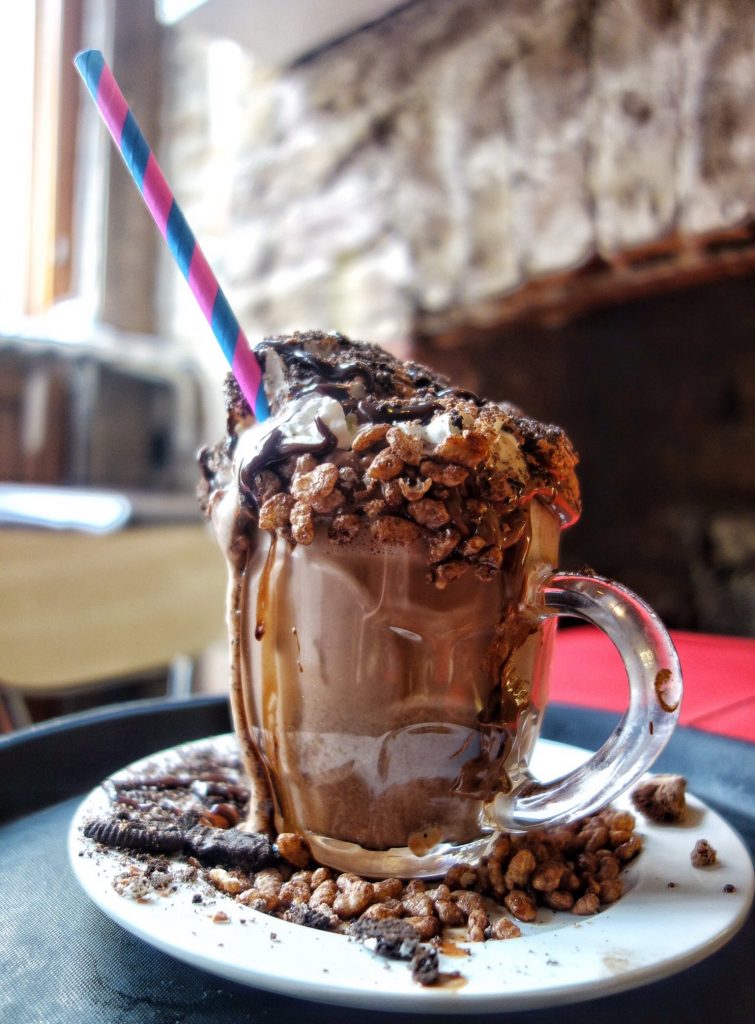
September 20, 2017 | emerging neighbourhoods
There are many desirable neighbourhoods in Toronto. After all, we are a city of neighbourhoods. Some have risen up where very little neighbourhood existed before like Liberty Village, and some have been desirable neighbourhoods for over a hundred years like Rosedale.
The neighbourhoods that really interest me, though, are the ones that emerge from a place that was down-on-its-luck at best and forgotten and undesirable at worst.
I’m going to look at three Toronto neighbourhoods and explore what made them rise from their dreary pasts to become a neighbourhood that people are clambering to get into, where communities are strong, and pride of neighbourhood runs deep.
Specifically, I’m going to look at Leslieville, Parkdale and the Junction. All three have transformed rapidly, but for different reasons.
LESLIEVILLE
Not too long ago, Leslieville was really not commonly known as Leslieville. It wasn’t really called anything. It was a kind of netherworld that existed between the Beach and Riverdale en route to downtown. Of course, real people did live there. It just was lacklustre in terms of a neighbourhood. Leslieville was not a disaster. It just lacked an identity, and was a place where new immigrants and the working class lived. It was like the Windsor of Toronto neighbourhoods.
Leslieville’ s emergence really began to take off in the late 90s and early 2000s. It was a prime example of a neighbourhood benefiting from the “Spillover Effect” where a neighbourhood nearby like Riverdale to the west, the Beach to the east and the Danforth from the north began to become too expensive for many middle class people. They, in turn began to buy in Leslieville spilling over from more expensive neighbourhoods.
By the early 2000s it quickly became the neighbourhood to buy an inexpensive house for the price of a condo downtown. This may be a case for simple gentrification. But there’s more. The commercial portion of Queen East attracted many new independent businesses at the time because the commercial rates were so inexpensive compared to nearby neighbourhoods. This provided a chance for any new entrepreneurs to try out their ideas in a time when independent business in Toronto were flourishing. In a nutshell, it was an easy place to start a business. There were few franchises at the time. Almost everything was home grown. With so many independent businesses, Leslieville began to develop it’s own unique character. It is now a more expensive emerging neighbourhood to buy in, for the most part. Many houses have been renovated. Queen East is packed with indie businesses from Canadian School of Lutherie (guitar making) to Raise the Root. Now the newer businesses go to Gerrard East to open up, like the Maple Leaf Tavern.
PARKDALE
Parkdale has been with artists for a long time. Artists are like the opposite of a canary in the coal mine. If a lot of artist are coming, that usually means things are looking good. Despite the artists, Parkdale, in the 90s, did not always have the safest feel. Some of this had to do with higher crime rate statistics, and some with the larger than average number of half-way houses in the area. What Parkdale had, though, that eventually made it a desirable neighbourhood was two things: beautiful Victorian architecture and close proximity to downtown, Queen West and Roncesvalles.
The thing about Parkdale is that it never lost its grit. It will never become an exclusive playground for the superrich. There is too much history and character tied to Parkdale that keeps it a bit more rebellious. The arts and community spirit and pride here are very strong. And the houses are big and beautiful.
The funny thing about Parkdale is that it was once a very grand neighbourhood at the turn of the last century, just a walk away to Toronto’s western beach. With the construction of the highway, Parkdale’s grand days toke a nose dive, and looked like there were gone forever. After it’s descent into poorly managed rentals and an inexpensive place for the government to house their mental health patients, Parkdale came back roaring with it’s strong community vibe and artsy bohemian chic character. The endless procession of Queen West certainly helped its cause as well.
THE JUNCTION
There was a time, over a hundred years ago, that the Junction was not even part of Toronto. It was a separate town with separate city council and different main street and its own industries and economies. It had many names before it was absorbed into the city of Toronto in 1908 like The Village of West Toronto Junction (1884) . the Town of West Toronto Junction (1889), the Town of Toronto Junction (1892) and finally, the City of West Toronto (1908).
Before joining Toronto, booze became a real problem in the Junction as the jobs evaporated from the nearby Stockyards. So, the city council decided to make the city “dry” when prohibition was all the rage. Even when the Junction became part of Toronto, the no liquor bylaw stuck around until 1997, when there was a push to get wet again. That may have been the spark to get the Junction going.
Booze brought the Junction down and booze was going to bring the Junction back!
It was a liquor license after almost a 100 years of being dry that was able to spark businesses in the neighbourhood again. Before then, the Junction had a hard time bringing Torontonians to its streets because it was difficult for restaurants or bars to make money with no liquor licence. Still, a few businesses catered to the Maltese population at the western flank of the Junction called “Little Malta”, but it was mostly boarded up businesses. Now it’s a desirable neighbourhood.
How did that happen? Well, as we mentioned, booze helped. Also, for some of the same reasons as Parkdale, it has some beautiful architecture and historic homes that people love, but also because it used to be a separate city.
When you walk down Dundas East, the Junction’s main street, you get a feel like you are in a small town’s main street. Because of this Main Street, the Junction had a community gathering place already built-in, and was ripe to be brought back to life. But don’t be fooled. Small-town feel does not mean small-town minded. The Junction is a pioneer in bohemian chic with mircobreweries, top notch restaurants, vegan bakeries (there’s more than one), and one of the most successful organic markets in Toronto, the Sweet Potato.
As the Junction, Parkdale and Leslieville prove, rapidly transforming neighbourhoods don’t always change for the same reason. Leslieville benefited from the Spillover Effect. Parkdale had the Victorian architecture, and the Junction had the benefits of once being a small town. Some may feel that these neighbourhoods are done their transforming, but it’s not over. They are already on to the next step: Improved public schools, more community engagement, well designed boutique condos to fit the neighbourhood, and even more people who want to live here.

